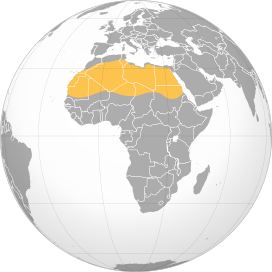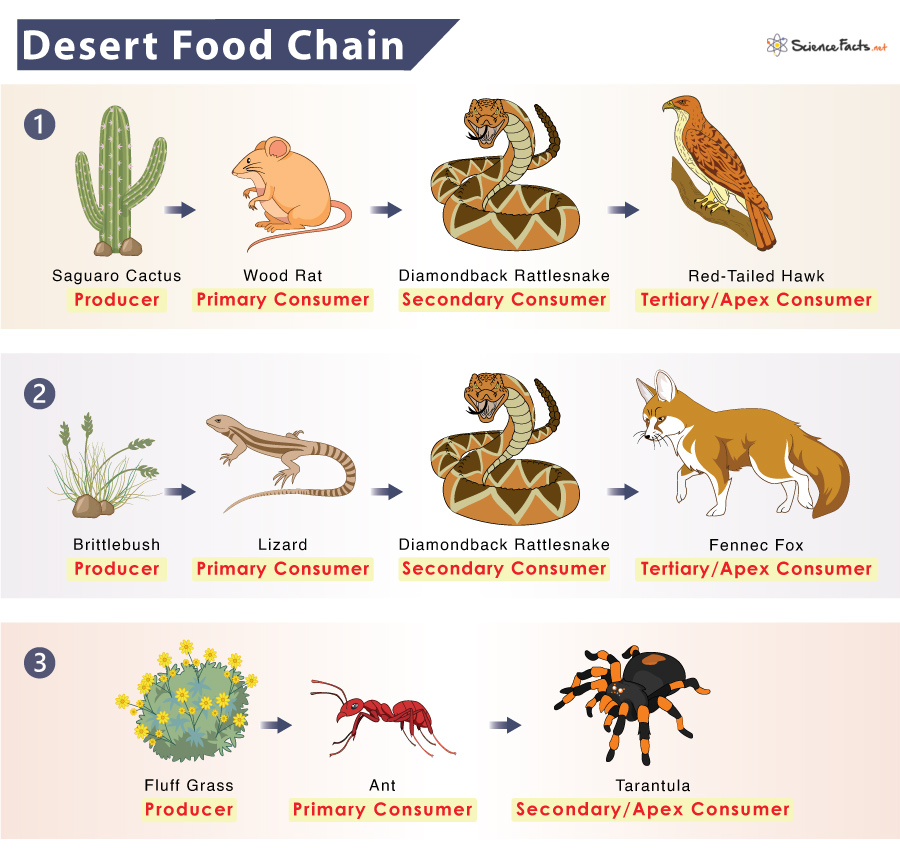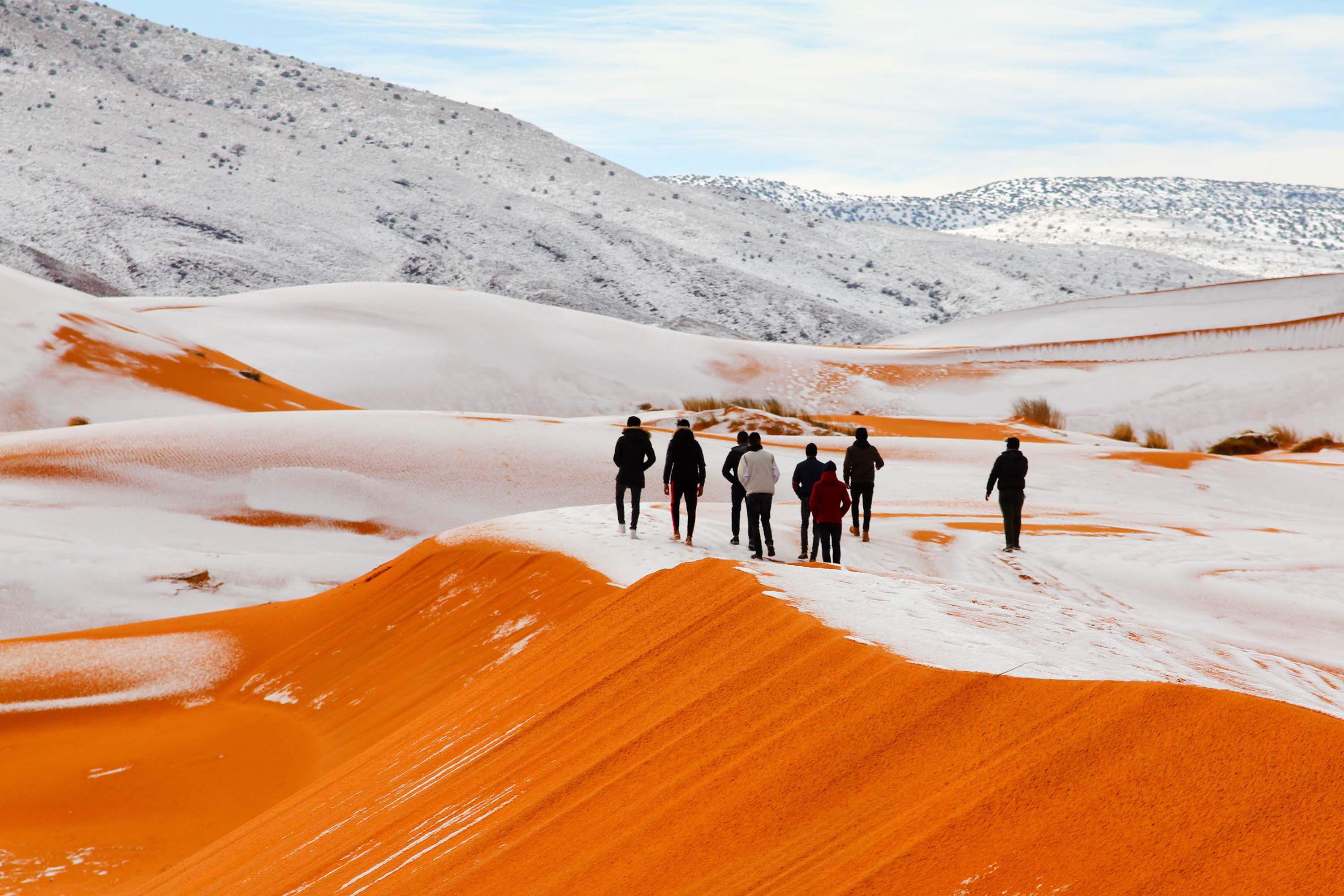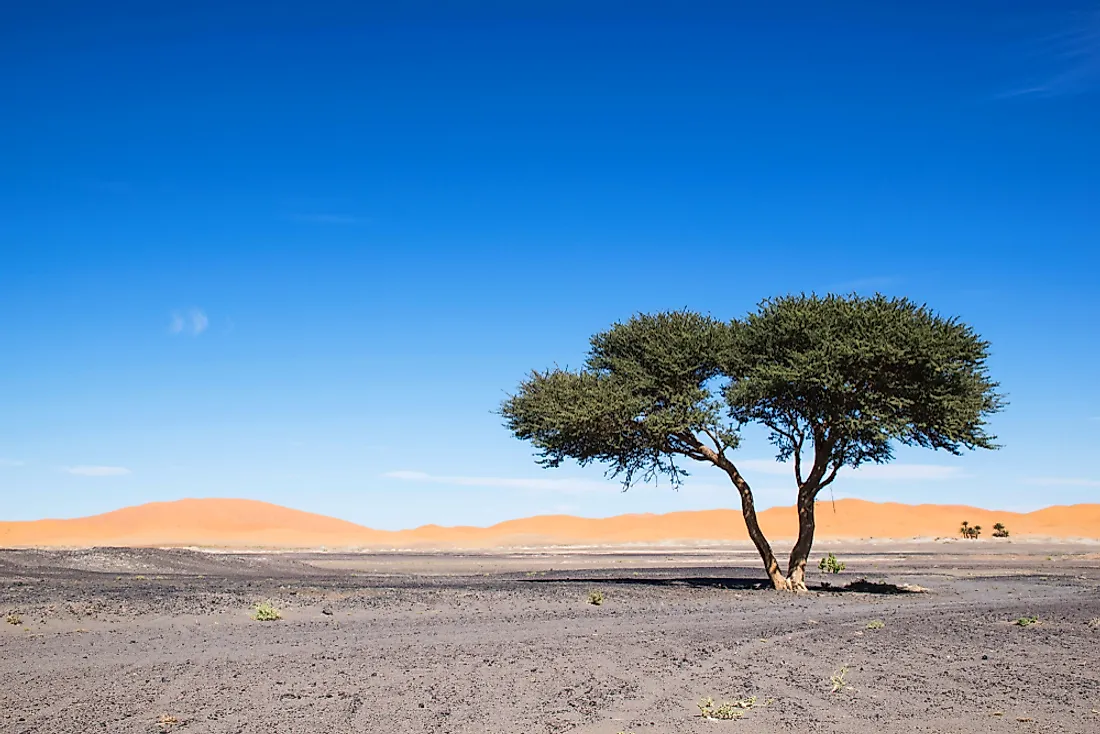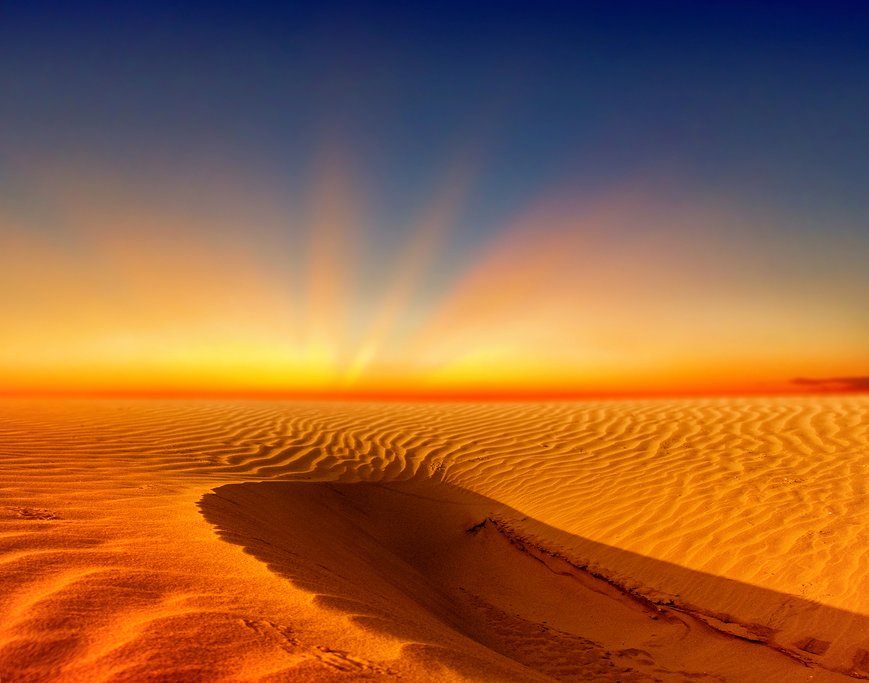Topic geography of the sahara desert: Embark on a journey through the Sahara Desert, a realm of extreme beauty and diverse landscapes, revealing the secrets of the world"s largest hot desert and its captivating geography.
Table of Content
- What are the topographic features of the Sahara Desert?
- Size and Location
- Climate and Weather Patterns
- Topographical Features
- Flora and Fauna
- Human Inhabitants and Cultures
- YOUTUBE: Geography Turning the Sahara Green
- Natural Resources
- Environmental Challenges
- Historical Significance
- Modern Day Exploration and Tourism
What are the topographic features of the Sahara Desert?
The Sahara Desert is characterized by several distinct topographic features:
- Shallow, seasonally inundated basins known as chotts and dayas.
- Large oasis depressions that provide fertile areas amidst the arid desert.
- Extensive gravel plains that cover vast stretches of the desert.
- Dunes of various sizes and shapes, including both longitudinal and crescent-shaped dunes.
- Rocky plateaus and mountains that protrude from the desert landscape.
These topographic features contribute to the diverse and unique terrain found within the Sahara Desert.
READ MORE:
Size and Location
The Sahara Desert, a vast and awe-inspiring landscape, stands as the largest hot desert in the world. Spanning approximately 9.2 million square kilometers, it covers a significant portion of North Africa. The Sahara stretches from the Red Sea in the east to the Atlantic Ocean in the west, encompassing several countries including Egypt, Libya, Tunisia, Algeria, Morocco, Western Sahara, Mauritania, Mali, Niger, Chad, and Sudan.
Geographically, the Sahara is bounded by the Atlas Mountains and the Mediterranean Sea to the north, the Red Sea to the east, the Sahel region to the south, and the Atlantic Ocean to the west. This expansive desert is not just a barren wasteland; it features a variety of landscapes, including sand dunes, gravel plains, dry valleys, and salt flats, each contributing to its unique geographical identity.
- Area: Approximately 9.2 million square kilometers
- East-West length: About 4,800 kilometers
- North-South width: Ranges from 800 to 1,200 kilometers
- Countries: Includes parts of Egypt, Libya, Tunisia, Algeria, Morocco, Western Sahara, Mauritania, Mali, Niger, Chad, and Sudan
- Major geographical boundaries: Atlas Mountains (North), Red Sea (East), Sahel (South), Atlantic Ocean (West)

Climate and Weather Patterns
The Sahara Desert is renowned for its extreme climate, characterized by scorching temperatures, minimal rainfall, and stark variations between day and night. Known as a hyper-arid region, the Sahara experiences some of the most challenging living conditions on Earth due to its harsh climate.
Temperature extremes are a hallmark of the Sahara. Daytime temperatures can soar above 50°C (122°F) in summer, while winter nights can see temperatures drop to near freezing. Despite popular belief, the Sahara does experience rainfall, although it is sporadic and limited, averaging less than 3 inches annually.
- High Temperatures: Summer daytime temperatures regularly exceed 50°C (122°F).
- Low Nighttime Temperatures: Winter nights can drop to near freezing.
- Rainfall: Sparse and unpredictable, averaging less than 75 mm (3 inches) per year.
- Wind Patterns: The Sahara is known for its strong winds, including the hot, dry Harmattan wind blowing from the northeast.
The desert"s climate also influences global weather patterns. The Sahara"s heat generates significant amounts of dry, hot air, contributing to the formation of tropical storms and affecting weather in Europe and the Americas.
Topographical Features
The Sahara Desert is not just a vast expanse of sand; it boasts a diverse topography that includes mountains, sand dunes, rock plateaus, and dry valleys. Each of these features contributes to the desert"s unique and mesmerizing landscape.
- Mountains: The Sahara houses several mountain ranges, like the Tibesti Mountains in Chad, which include Emi Koussi, a shield volcano and the highest peak in the desert.
- Sand Dunes (Ergs): Iconic sand dunes, or ergs, cover about 15% of the desert. The Great Eastern Erg in Algeria is a famous example.
- Rock Plateaus (Hamadas): These are extensive, flat areas covered with angular rocks and pebbles, making up much of the Sahara"s surface.
- Dry Valleys (Wadis): Wadis are seasonal rivers that flow during rare rainfalls, carving out unique landforms in the desert landscape.
- Depressions: The Qattara Depression in Egypt, one of the lowest points in Africa, is a notable example.
In addition to these features, the Sahara is home to rich deposits of minerals and fossil fuels, particularly in areas like the Ténéré desert and other less inhabited regions. This vast and varied topography makes the Sahara a place of endless discovery and fascination.
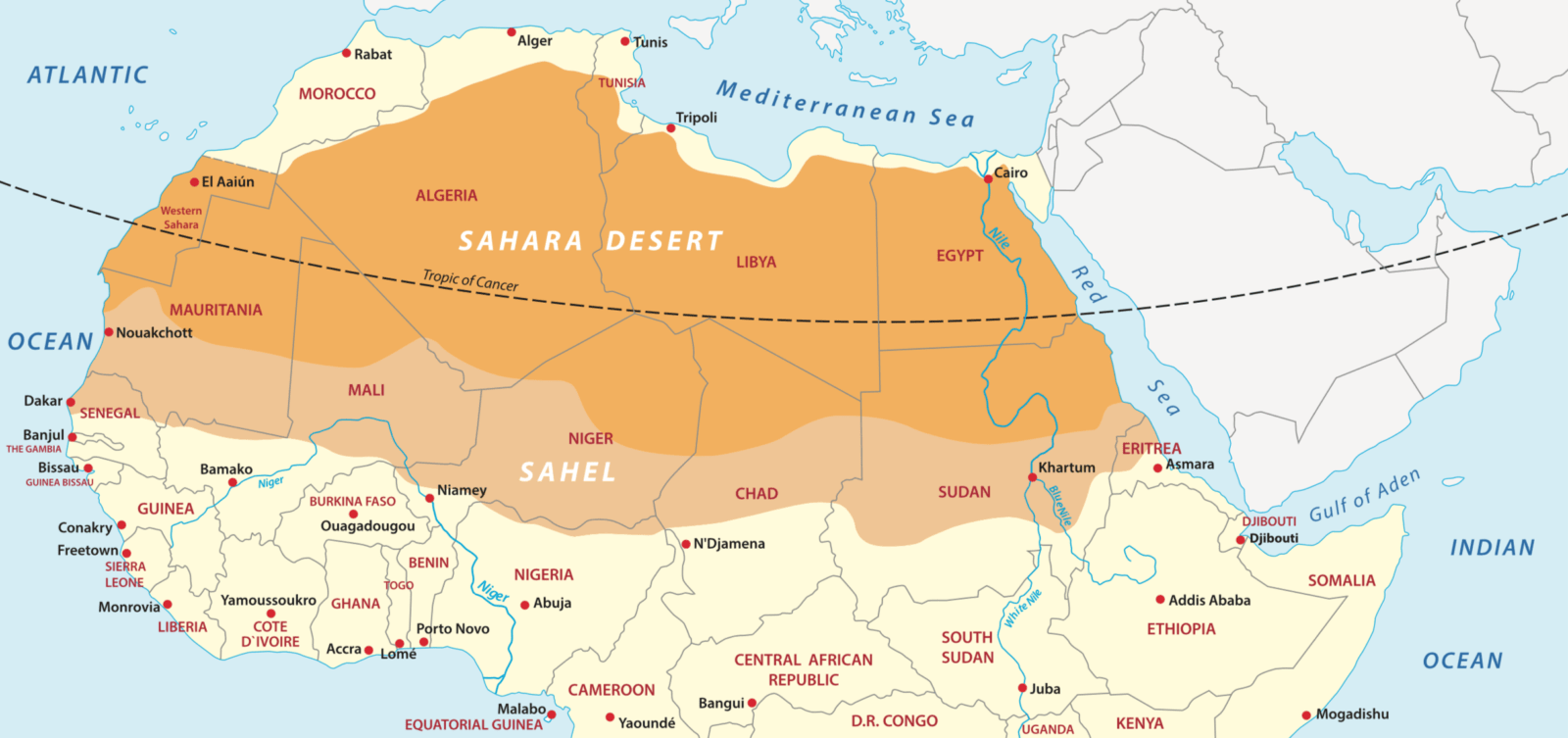
Flora and Fauna
Despite its harsh climate, the Sahara Desert is home to a variety of flora and fauna that have adapted to its extreme environment. This resilient wildlife and plant life add to the desert"s unique ecosystem.
- Flora: Plant life in the Sahara includes hardy species like the date palm, acacia, and various types of grasses and shrubs that can survive with minimal water.
- Fauna: The desert hosts a range of animals adapted to arid conditions, including the Fennec fox, the Sahara oryx, various reptiles like the horned viper, and migratory bird species.
- Adaptations: Many species have evolved unique adaptations, such as nocturnal lifestyles to avoid daytime heat, and water conservation techniques.
- Endangered Species: Some Sahara wildlife, like the addax antelope and the dama gazelle, are critically endangered due to habitat loss and hunting.
The flora and fauna of the Sahara, although sparse, play a crucial role in the ecological balance of the desert. Conservation efforts are vital to preserve these unique species and their habitats.
Human Inhabitants and Cultures
The Sahara Desert, despite its harsh environment, has been home to various human cultures and communities for thousands of years. These groups have adapted to the desert"s conditions, creating rich and diverse cultures.
- Nomadic Tribes: The Tuareg, Berbers, Bedouins, and other nomadic tribes have historically inhabited the Sahara, relying on herding and trade routes across the desert.
- Settlements and Oasis Towns: Scattered across the Sahara are oasis towns, where communities have developed around natural water sources, practicing agriculture and trade.
- Cultural Practices: These communities have rich traditions, including unique art, music, and clothing, notably the indigo-dyed garments of the Tuareg people.
- Historical Significance: The Sahara has a storied history, with ancient rock art and archaeological sites indicating a once greener landscape inhabited by diverse cultures.
- Modern Changes: In recent times, some inhabitants have moved to urban areas, though many still maintain traditional lifestyles, adapting to modern challenges.
The human aspect of the Sahara is as diverse and resilient as its landscape, with inhabitants who have long thrived in this challenging environment, shaping a unique cultural heritage.

Geography Turning the Sahara Green
Discover the mesmerizing beauty of the lush green landscapes in this breathtaking video! Immerse yourself in the tranquil forests, vibrant meadows, and rejuvenating nature scenes that will transport you to a world of serenity and harmony.
Natural Resources
The Sahara Desert, often perceived as a barren wasteland, is surprisingly rich in natural resources. These resources not only contribute significantly to the economies of the surrounding countries but also have a global impact.
- Minerals: The Sahara is abundant in minerals like phosphate, iron ore, and uranium. Morocco"s phosphate reserves in the Western Sahara are particularly notable.
- Oil and Natural Gas: Countries like Algeria and Libya have large reserves of oil and natural gas, predominantly located in the Sahara region.
- Solar Energy Potential: With its vast open land and high solar insolation, the Sahara holds tremendous potential for solar energy development.
- Unique Flora: Some plant species in the Sahara have medicinal properties, and their unique adaptations are studied for scientific purposes.
- Water Resources: Ancient fossil water reserves, found in aquifers beneath the desert sands, are crucial for the region"s water supply.
These natural resources of the Sahara, while offering economic opportunities, also present challenges related to sustainable and equitable use, demanding careful management and international cooperation.
Sahara Turning Green
Embark on a thrilling adventure through the captivating Sahara desert in this awe-inspiring video! Witness the vast expanse of golden sand dunes, experience the breathtaking sunsets, and marvel at the extraordinary beauty of this unique and enchanting desert landscape.
Environmental Challenges
The Sahara Desert faces several environmental challenges that threaten its ecosystem and the well-being of its inhabitants. Addressing these issues is crucial for the sustainability of this unique landscape.
- Desertification: The expansion of desert areas due to overgrazing, deforestation, and climate change is a major concern, affecting the livelihoods of local communities.
- Water Scarcity: Limited water resources are under pressure from increasing population and agricultural demands, leading to overexploitation of underground aquifers.
- Climate Change: Rising temperatures and changing weather patterns are impacting the delicate balance of the desert ecosystem.
- Biodiversity Loss: Overhunting and habitat destruction are leading to a decline in wildlife populations and loss of biodiversity.
- Pollution from Resource Extraction: Mining and oil extraction activities contribute to pollution and habitat degradation in certain areas of the Sahara.
These environmental challenges require collaborative efforts for sustainable management, involving local communities, governments, and international organizations to preserve the Sahara for future generations.

Historical Significance
The Sahara Desert has been a cradle of historical events and cultures, playing a pivotal role in the development of human civilization in and around the region. Its historical significance is both rich and varied, shaping the course of history in numerous ways.
- Ancient Civilizations: The Sahara was once a much greener place, supporting early civilizations like the Aterian and Capsian cultures, known for their distinctive stone tools.
- Rock Art and Archaeology: The desert contains thousands of rock art sites, offering insights into prehistoric life, with depictions of flora, fauna, and human activities from thousands of years ago.
- Trans-Saharan Trade Routes: For centuries, the Sahara was a nexus for trade routes connecting North Africa with Sub-Saharan Africa, facilitating the exchange of goods, culture, and knowledge.
- Islamic and Berber Empires: The desert witnessed the rise and fall of Islamic and Berber empires, which left a lasting impact on the region"s culture and architecture.
- Colonial History: In the 19th and 20th centuries, the Sahara was a focal point of European colonial ambitions, impacting the political and social dynamics of the region.
Today, the Sahara"s historical legacy continues to be a subject of fascination and study, offering invaluable insights into the human past and its interaction with the environment.
READ MORE:
Modern Day Exploration and Tourism
The Sahara Desert, with its majestic landscapes and rich cultural heritage, has become an enticing destination for modern explorers and tourists. Today, it offers a blend of adventure, history, and unique experiences.
- Adventure Tourism: Activities like dune surfing, camel trekking, and 4x4 desert safaris attract adventure seekers from around the world.
- Cultural Experiences: Visitors can immerse themselves in the local culture by visiting Bedouin camps, experiencing traditional music and cuisine, and exploring historic sites.
- Scientific Research: The desert is a hotspot for researchers studying climate change, archaeology, and geology, offering insights into both the past and future of our planet.
- Film and Photography: Its stunning landscapes make the Sahara a popular location for filmmakers and photographers, capturing its natural beauty and intrigue.
- Eco-Tourism Initiatives: There are efforts to develop sustainable tourism that respects the delicate desert ecosystem and benefits local communities.
The Sahara Desert continues to inspire and attract people from all corners of the globe, offering a unique blend of adventure, beauty, and cultural richness.
In exploring the vast and vibrant geography of the Sahara Desert, we uncover a world of wonder, where each dune, oasis, and horizon tells a story of resilience, beauty, and enduring mystery.
